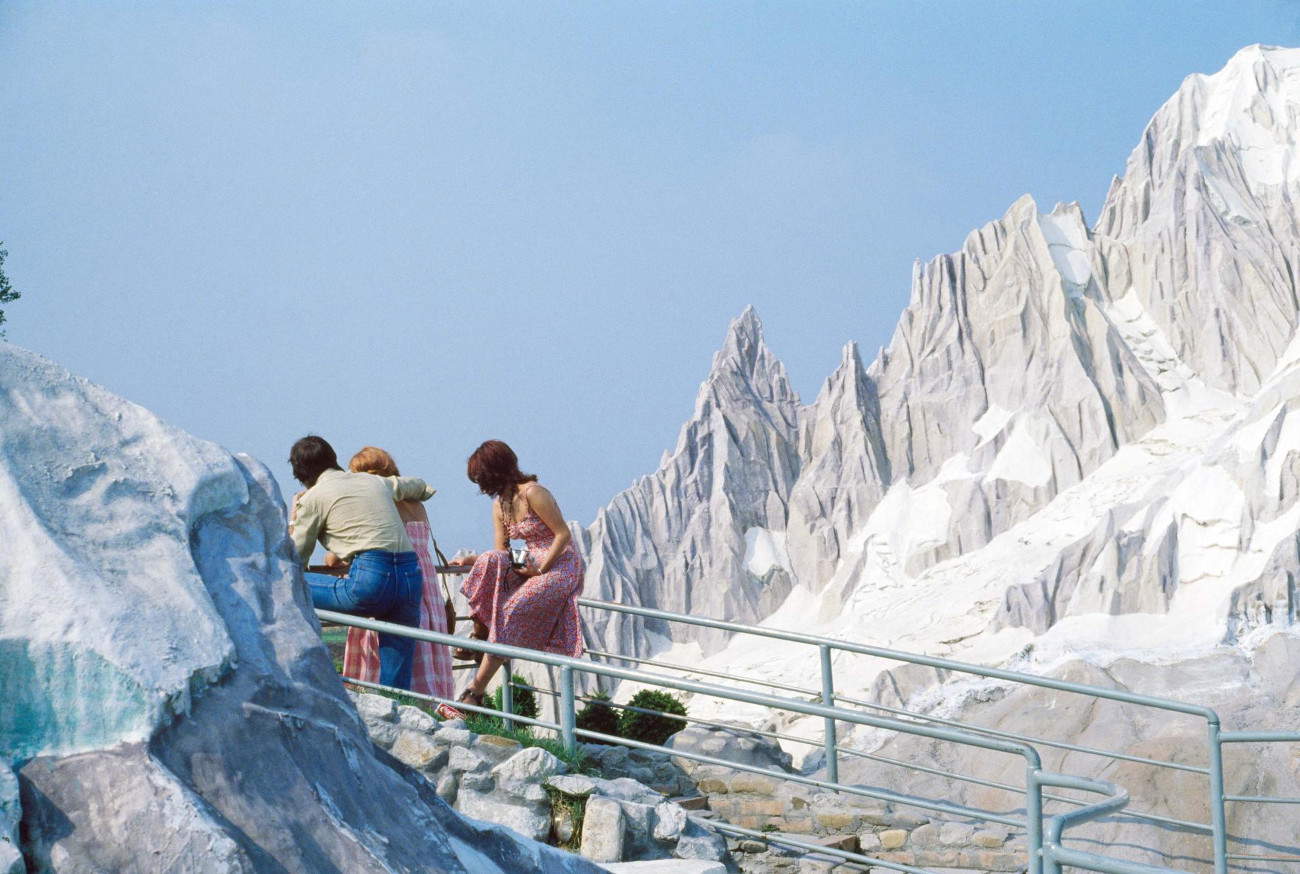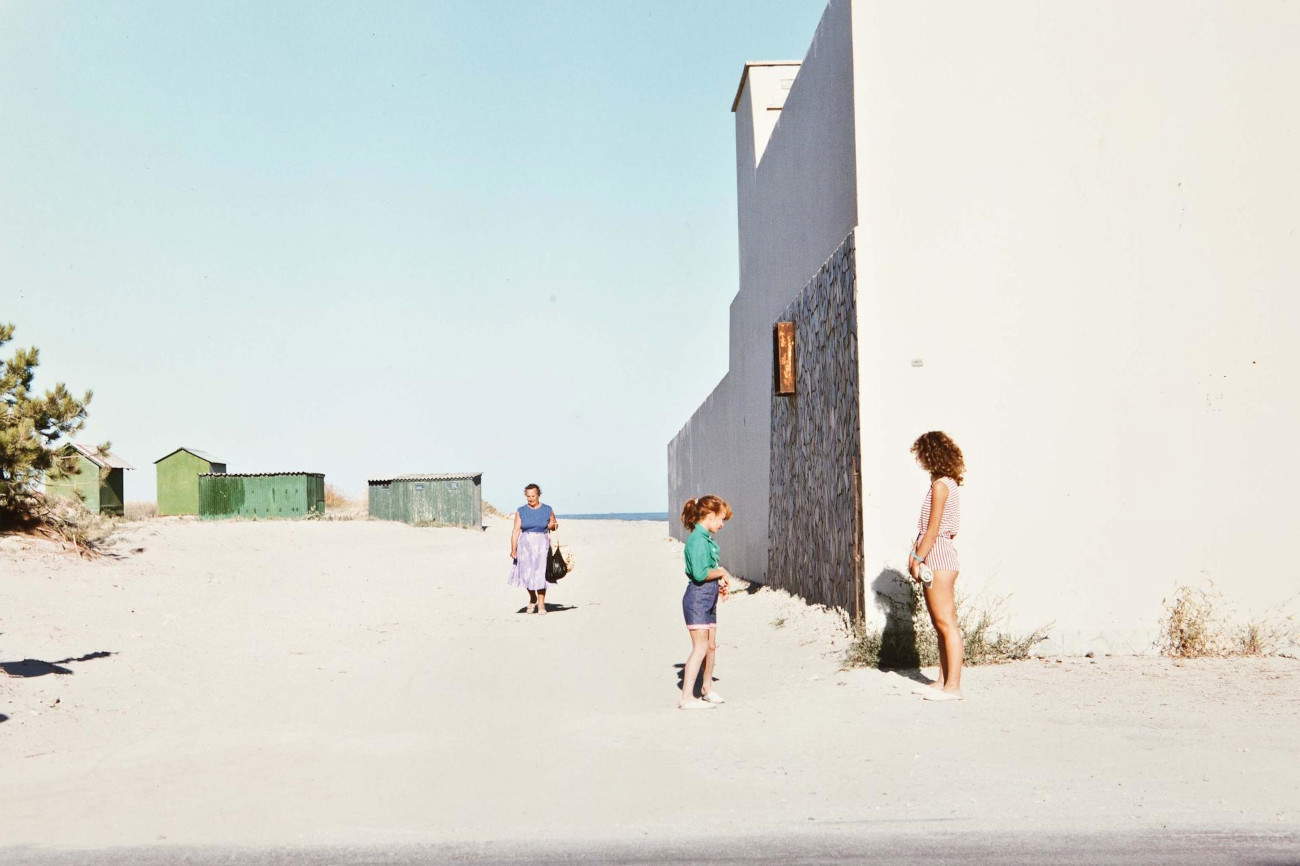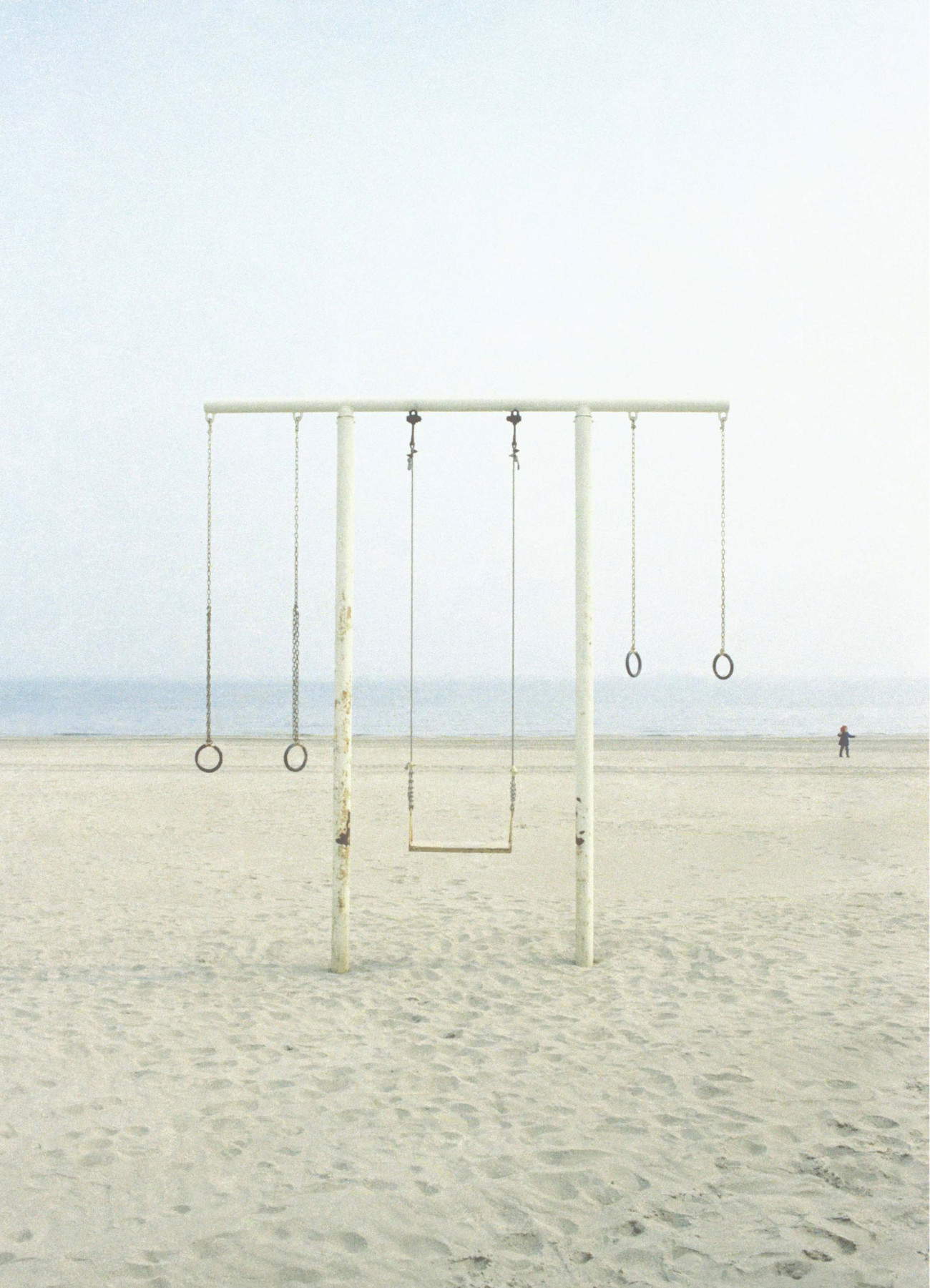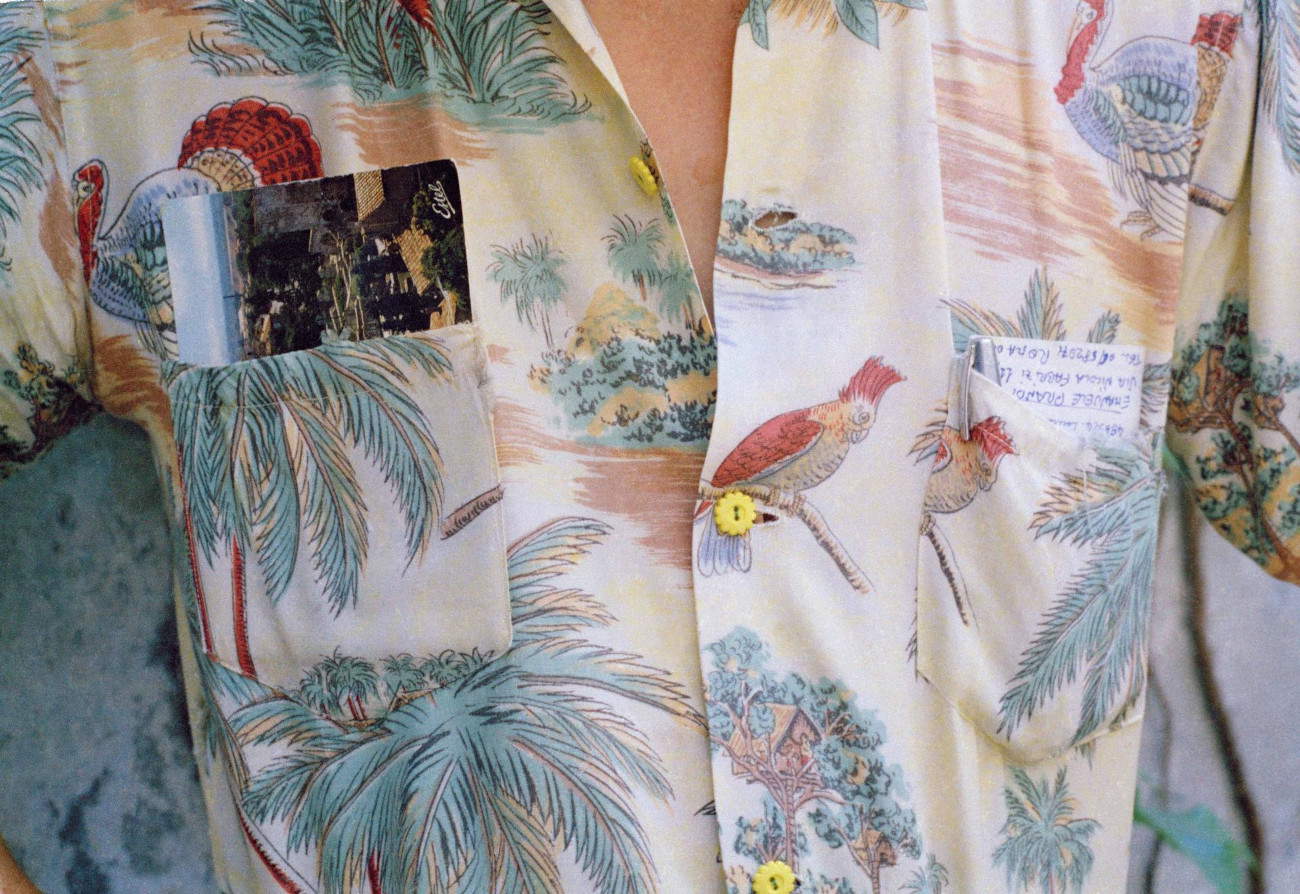From Sept. 8, 2024 to Jan. 26, 2025, MASI in Lugano will host the exhibition Luigi Ghirri. Travels. Photographs 1970-1991, curated by James Lingwood. The exhibition, held a little more than 30 years after the untimely death of Luigi Ghirri (Scandiano, 1943 - Reggio Emilia, 1992), aims to recount, through a selection of about 140 color photographs, mostly vintage prints from the 1970s and 1980s mainly from Luigi Ghirri’s Heirs and from the collection of the CSAC in Parma, the famous photographer’s fascination with travel, both real and imaginary, and to offer the public an opportunity to discover not only his best-known shots, but also his lesser-known ones.
Since his early work in the 1970s, Ghirri has found inspiration in the theme of travel, both as a concept and as a visual source. Starting from the “minimal adventures” of Sunday outings around his hometown of Modena to trips to popular tourist destinations, Ghirri explored the very idea of travel. This interest is reflected in his photographs of maps, atlases, tourist advertisements and postcards, as well as shots of tourists admiring the scenery while on vacation. His works invite reflection on how photography has progressively shaped and influenced our perception and experience of places.
The public is invited to create pauses, connections and linkages between thoughts and images freely through a dynamic thematic arrangement-a choice that reflects Ghirri’s approach, which saw his photographic work as a continuous journey beyond the single image, requiring the critical intervention and interpretation of the public. At the end of the visit, visitors are also encouraged to retrace the exhibition’s itinerary in reverse, following what Ghirri called the “strange tangles of seeing.” From his first short trips in the early 1970s to the cities of Emilia-Romagna and Switzerland, Luigi Ghirri was attracted to images “found” in the everyday environment, such as posters and postcards. A selection of these “Cardboard Landscapes” introduces the exhibition at MASI, to highlight how billboards can transport an exotic waterfall in the Swiss mountains, an alpine panorama in Reggio Emilia or a shimmering sea in Modena. These ephemeral landscapes, with their understated presence, tell of the ubiquity of the photographic image in contemporary spaces. “Reality to a large extent is being transformed more and more into a colossal photograph, and the photomontage has already taken place: it is in the real world,” wrote Luigi Ghirri in 1979, anticipating a modern reflection on the risk of an emptying of meaning, a “strange form of sensory impoverishment” linked to the hyperproduction of images.
To the depth of his critical thinking, Ghirri combined an attraction to places that exemplify the intricate relationships between photography and reality. This is evident in the “In Scala” series of photographs, taken at different times (between 1977 and 1978, and in 1985) at the Italia in Miniatura theme park in Viserba, Rimini. Here, his fascination with the duplication and multiplication of reality finds an ideal setting: the Dolomites, the Pirelli Skyscraper, and St. Peter’s Basilica in Rome can be visited in a quick tour, with history and geography heavily compressed.
In the exhibition, a selection of images more clearly devoted to the theme of travel depicts people on vacation: the panorama in Hergiswil, Switzerland, an empty slide and merry-go-round at Lido di Spina, a beach umbrella in Orbetello, and small mirrors in Marina di Ravenna. These images convey a quiet calm in which rarely anything of significance happens. The photograph of a couple playing tennis on the beach would be unremarkable were it not for the ball placed exactly on the horizon line, where the sea meets the sky, at Île-Rousse in Corsica. “What is decisive for Ghirri is not a moment in time, but its distillation,” says the curator.
A section entitled Travels at Home includes the Atlas series (1973), with close-up details of maps from his personal atlas, a “place” that for Ghirri describes all possible journeys. These images are joined by those from the Identikit series (1976-1979), an intimate self-portrait of the photographer composed of photographs of his bookstore shelves, showing the spines of his books, records, maps, postcards, trinkets and souvenirs.
In the 1980s, Ghirri traveled throughout much of Italy, producing various reports for tourist boards and the Italian Touring Club. During this period, the switch to a medium-format camera gave his photographs greater depth, clarity and more vivid colors, while maintaining the same calm, measured approach to framing landscapes. These commissioned works, intended for a wide audience, combine stereotypical images from the popular genre with more unusual and distinctive ones. For example, in the book Capri (1983), Ghirri returns several times to a subject well known to tourists, the famous Faraglioni. From classical composition to fragmented views in mirrors to their reproduction on a map painted on ceramic, the various ways Ghirri photographs this iconic tourist image reveal his delicate subversion of the genre. “If Ghirri’s ’travel’ photographs sometimes seem akin to those taken by tourists, they are nevertheless always different. He aims not to create a collection of memorable moments, nor to emphasize the beauty or importance of a place, but to construct a reflective picture of a culture defined and shaped by images and their creation,” James Lingwood concludes.
A catalog in two separate editions (Italian and English) with texts by Tobia Bezzola, James Lingwood and Maria Antonella Pelizzari, published by MACK, will be published on the occasion of the exhibition.




 |
| MASI in Lugano dedicates an exhibition to Luigi Ghirri and his fascination with travel |
Warning: the translation into English of the original Italian article was created using automatic tools. We undertake to review all articles, but we do not guarantee the total absence of inaccuracies in the translation due to the program. You can find the original by clicking on the ITA button. If you find any mistake,please contact us.